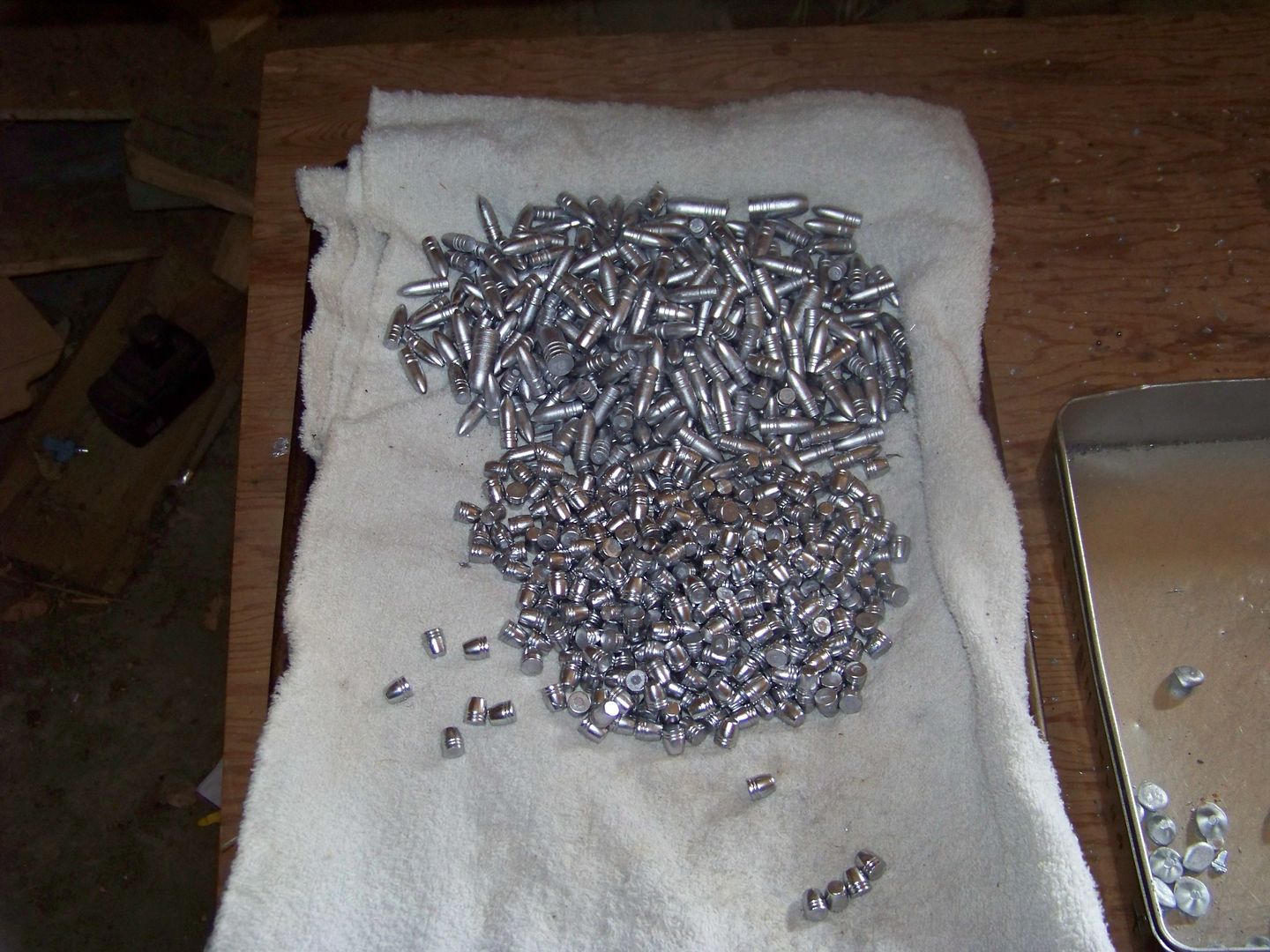TheLastGoodFight
New member
First and foremost, I've never reloaded a single round with my own equipment. Its time to start. I have several guns; too many to buy everything I need for everyone of them right up front, so I am beginning with one rifle, and one handgun. I've settled on the .44 Special and the 45-70, partially because I would like to be able to run cast bullets.
1. The .44 Special is a S&W 21-4. Is there a particular mold/size that s&w favors that I need to be on the lookout for, or will any 429 mold do, and will I need a separate mold for .44 magnum loads?
2. Should I avoid really hot 45-70 loads if I'll be using cast bullets through a lever action rifle?
3. How bad of an idea is it to attempt pointed rounds (.243) with cast bullets?
4. How do cast lead loads do through autos, like a 1911 in .45 ACP?
1. The .44 Special is a S&W 21-4. Is there a particular mold/size that s&w favors that I need to be on the lookout for, or will any 429 mold do, and will I need a separate mold for .44 magnum loads?
2. Should I avoid really hot 45-70 loads if I'll be using cast bullets through a lever action rifle?
3. How bad of an idea is it to attempt pointed rounds (.243) with cast bullets?
4. How do cast lead loads do through autos, like a 1911 in .45 ACP?

